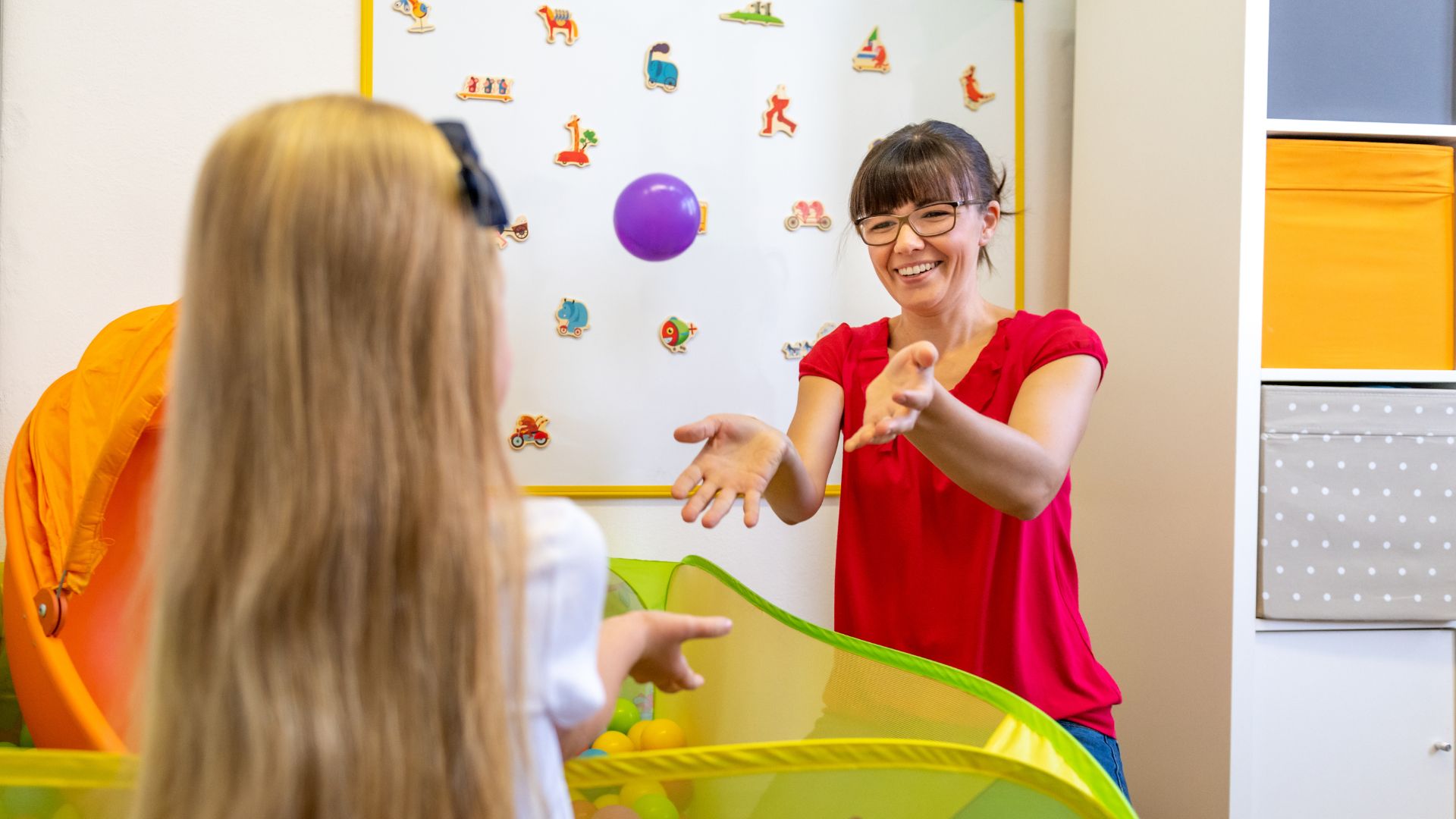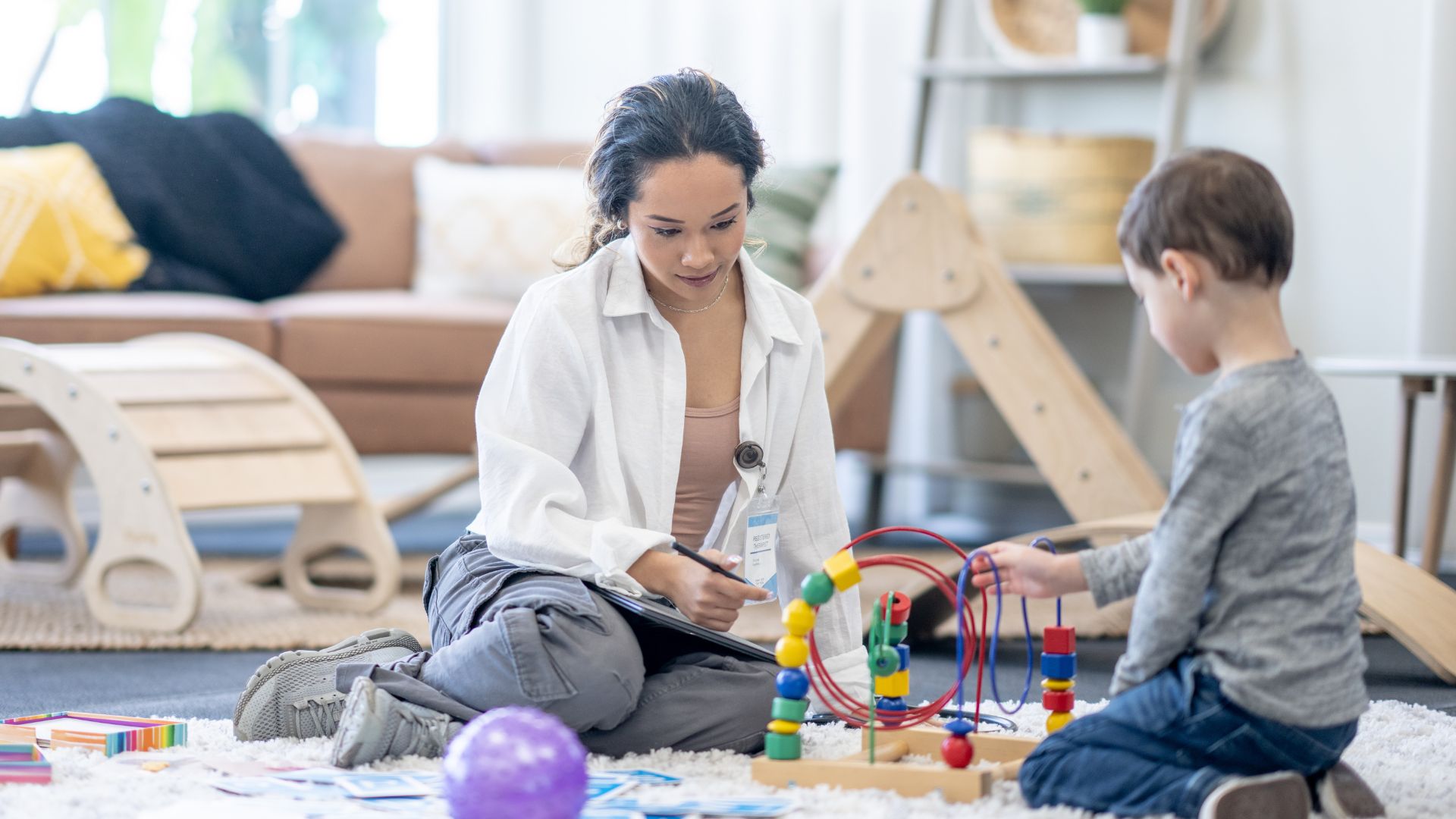When everyday tasks feel harder than they should — like getting dressed, using scissors, or staying calm at school — occupational therapy can help. Many parents notice their child is falling behind or struggling with things that other kids seem to manage easily. That’s where paediatric OT comes in.
Occupational therapy gives children the support they need to build independence, confidence, and practical skills. Whether it’s working on coordination, fine motor tasks, sensory challenges, or emotional regulation, an occupational therapist helps break tasks down into steps that are easier to manage.
In Sydney, more families are turning to OT as a way to help their child thrive — not just in school, but at home and in everyday life. It’s not about catching up quickly. It’s about making things feel more achievable, one step at a time.
What does a paediatric occupational therapist actually do?

A paediatric occupational therapist helps children build the skills they need to take part in everyday life. That might mean learning how to hold a pencil properly, follow a morning routine, get dressed without frustration, or stay calm in noisy environments. If a child is finding these things difficult, OT gives them strategies to make those tasks feel easier and more manageable.
The therapist doesn’t just look at what the child can or can’t do. They look at how the child moves, plays, thinks, reacts to their surroundings, and manages everyday challenges. From there, they create practical goals — like improving hand coordination, building focus, or learning how to cope with transitions.
Here are a few examples of what a children’s OT might support:
- Using cutlery, opening lunchboxes, or tying shoelaces
- Writing, drawing, or cutting with scissors
- Staying seated, following instructions, or coping with classroom demands
- Managing emotions during change, frustration, or sensory overload
- Learning how to take turns, make friends, or play cooperatively
Every child is different, so every OT plan looks different too. Therapy sessions often use play-based activities to help build skills without pressure. The goal is always to help the child feel more capable and confident in their day-to-day life.
Related: Occupational Therapy or Physiotherapy? How to Know Which One You Need
When should you consider OT for your child?

It’s not always obvious when a child needs occupational therapy — especially when they’re bright, social, or good at masking their challenges. Many parents first notice small signs: their child avoids certain tasks, takes longer to do simple things, or becomes upset during everyday routines. These aren’t signs of laziness — they’re often signs that something is harder than it looks.
You might consider OT if your child:
- Struggles with fine motor tasks like using cutlery, tying shoelaces, or holding a pencil
- Has difficulty with balance, coordination, or body awareness
- Becomes overwhelmed by noise, lights, textures, or movement
- Avoids tasks that require focus, effort, or step-by-step thinking
- Has trouble following instructions, sticking to routines, or managing transitions
- Reacts strongly to changes, frustration, or unexpected situations
- Finds social situations confusing, tiring, or upsetting
Some children also show signs in the classroom. They may have messy handwriting, rush through tasks, fidget constantly, or avoid certain activities altogether. Teachers might describe them as capable but inconsistent — and that inconsistency can be exhausting for the child.
OT isn’t only for children with a formal diagnosis. It’s for any child who’s finding parts of their daily life harder than they should be. The earlier support begins, the easier it is to build strong habits, confidence, and a sense of control.
What happens during OT sessions?

Occupational therapy sessions for children are hands-on, playful, and tailored to the child’s needs. The therapist starts by building trust, so the child feels comfortable, supported, and ready to try new things. Sessions are structured around the child’s goals — whether that’s improving coordination, managing frustration, or becoming more independent with daily tasks.
Most activities are disguised as play. The therapist might use puzzles, obstacle courses, drawing, climbing, or pretend play to build skills like hand strength, balance, or attention. It’s fun on the surface, but every activity is carefully chosen to target something meaningful.
Here’s what a session might involve:
- Practising grip strength through Lego or tongs
- Learning turn-taking or emotional control through board games
- Using playdough, tweezers, or craft activities to build fine motor control
- Role-playing everyday tasks like dressing or packing a school bag
- Creating step-by-step routines using visual supports or timers
Therapists often give parents strategies to use at home too — like how to set up the bathroom for more independence, or how to guide a child through transitions without meltdowns.
Sessions are adjusted over time. If the child is progressing, the therapist may introduce more complex tasks or reduce support. If something isn’t working, they change the approach. The focus is always on helping the child succeed in the real world — not just in the therapy room.
Related: What Does an Occupational Therapist Really Do?
How does occupational therapy support NDIS participants?

For families with NDIS funding, occupational therapy is often included under Capacity Building – Improved Daily Living. This means the NDIS can fund therapy sessions, functional assessments, and reports that help your child build independence in daily life.
Occupational therapy supports NDIS goals in practical ways. If your child has funding to improve self-care, focus at school, or social participation, OT can help work toward those goals with structured, evidence-based support.
Here’s how OT fits into an NDIS plan:
- Therapy sessions: Weekly or fortnightly appointments where your child builds skills in a fun, goal-based setting
- Parent coaching: Support to help you manage routines at home, understand your child’s needs, and use strategies between sessions
- Assessments and reports: Professional documents used to guide planning meetings or justify future funding requests
- Progress tracking: Ongoing review of how your child is developing and what supports are still needed
At Zenzability, we work with families across Sydney to deliver NDIS-funded OT that’s tailored, consistent, and grounded in what your child actually needs — not just what’s on paper. Whether it’s improving independence, managing sensory needs, or developing motor skills, OT can play a key role in helping your child move forward with confidence.
Related: Looking for OT Support for Your Child in Sydney? Here’s What to Know
Finding a children’s OT in Sydney: What matters most

Choosing the right occupational therapist for your child isn’t just about availability — it’s about finding someone who understands your child, communicates clearly, and builds trust over time. OT is most effective when the therapist connects with your child and works with your family in a way that feels supportive and realistic.
Here’s what to look for when choosing a paediatric OT in Sydney:
- Experience with children who have similar needs — whether it’s autism, ADHD, developmental delays, or sensory challenges
- Flexible service options — mobile visits at home, support in childcare or school, or sessions in a familiar environment
- Clear communication — regular updates, strategies you can use between sessions, and advice that makes sense in real life
- NDIS understanding — someone who can prepare reports, track goals, and help you make the most of your plan
At Zenzability, we provide NDIS-funded occupational therapy for children across Sydney. We know that every child is different — and so is every family. That’s why we take the time to understand what your child needs, what’s already working, and where support can make a difference. Whether it’s developing fine motor skills, managing big emotions, or building independence with daily routines, we’re here to help.
Conclusion
Occupational therapy can make a real difference in a child’s life — not by pushing them to catch up, but by helping them take small, steady steps toward independence. Whether it’s holding a pencil, managing transitions, or building confidence during everyday routines, the right support can make things feel easier for both the child and their family.
If you’ve noticed your child is struggling with tasks that should come naturally, you don’t have to wait. The earlier therapy starts, the more opportunity your child has to build strong habits that carry into school and life.
Zenzability offers NDIS-funded occupational therapy for children across Sydney. Our therapists take a gentle, practical approach that’s tailored to your child’s needs. If you’re looking for real support — at home, at school, or in the community — we’re here to help.

